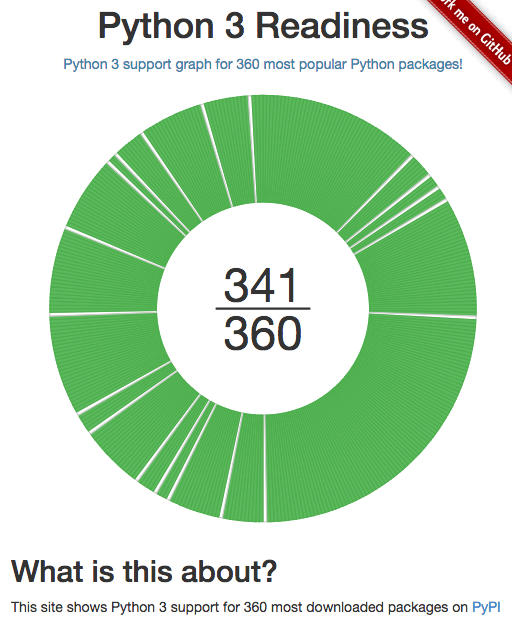
Self._tapRecognizer = gesture.TapRecognizer(self. Self._activeAreaNode = avg.RectNode(size=size, opacity=0, parent=self)

Size = avg.Point2D(max(minSize, size.x), max(minSize, size.y)) "Button: Can't specify both fatFingerEnlarge and activeAreaNode")) Super(_ButtonBase, self)._init_(**kwargs)ĭef _setActiveArea(self, upNode, activeAreaNode, fatFingerEnlarge): Node.subscribe(vbutton.RELEASED, onKeyUp)Įxamples of custom publishers from here: class _ButtonBase(avg.DivNode): Node.subscribe(vbutton.PRESSED, onKeyDown) Node = avg.WordsNode(pos=(10,10), font="arial", text="Hello World", parent=rootNode) #serialid isn't implemented anywhere but this is what ideally I would like to have happenĬanvas = player.createMainCanvas(size=(640,480))

#!/usr/bin/env pythonįrom libavg import avg, statemachine, playerĭef _init_(self, parent=None, **kwargs): Here is some nonfunctional code that I have that I think has the basics of what needs to be done.
#Python libavg serial
I want the custom publisher to take the 10 serial outputs and pass a rialid parameter to various subscribers similarly to what event.keystring does. An analogy of what I am trying to do would be to use libavg's keyboard handling to process different keyboard inputs. All I need is a way to create 10 different triggers given different serial inputs. My understanding is that I need to create my own Publisher that I will call when I process serial commands.
#Python libavg software
The workshop will be limited to ten participants, with five computers with preinstalled software available.I'm trying to find a way to use libavg's event handlers from an embedded serial output. If there is interest, I intend to follow the talk with a hands-on workshop at the c-base on the following day. Integration of custom hardware devices using serial/parallel ports ist covered as well. In addition to the library features, the talk will cover areas like interoperability (which libraries cooperate well) and hardware support/ease of installation and configuration.

It can be used as a supporting library for the other libraries described. () adds image processing capabilities to python.
#Python libavg full
pyopengl: This library () exposes the opengl 3d api to python, allowing full low-level access to the capabilities of modern graphics cards.The system transparently determines the sound a listener would hear, taking into account distance, orientation and movement of the sound (doppler effects!) with respect to the listener. Sounds can be placed in a 3d space around the listener and moved in realtime with a few lines of python code. It is based on OpenAL, the sound library that was used in games like Unreal 2 and Soldier of Fortune 2, among about 30 others. alpy: alpy () is an incredible library that allows mixing of sound in 3d with a very high-level interface.

The result is a very high-level approach to screen-oriented multimedia that still allows for very competitive performance. An avg installation consists of one or more xml files that describe screen layout(s) and corresponding python code that describe the dynamics of the installation: What to do when a user interacts with the system, some time has elapsed or any other input has arrived. Designing interactive systems will still need some programming skills, but this should be kept to a minimum. The goal of avg is to make it almost as easy to build installations as it is to build a web page. libavg: libavg (is a display mixer and general multimedia library/framework with a python interface.
#Python libavg mac os x
Most of the talk will cover Linux-based systems, with some references to the possibilities of Mac OS X systems.Īmong others, the talk will discuss the following libraries: While the focus will be on installations in public or semi-public areas (museums, showrooms, the c-base), many of the techniques can be used in other areas as well. The talk will look at what is required to set up a multimedia system with python. One language that has been used successfully in many multimedia systems is python. A few years ago, video support was very limited, low-latency-audio was impossible, getting jitter-free performance was a nightmare and fonts were rendered with a quality that made any designer cringe. Multimedia on linux has made great progress.


 0 kommentar(er)
0 kommentar(er)
